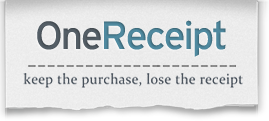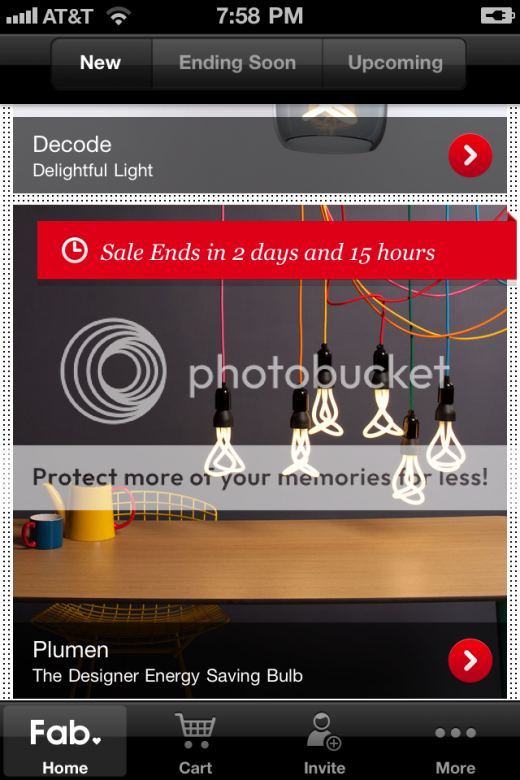I am not a news expert. For most of my life, I never cared for the news. So, there are probably details below that are wrong or over-simplified. Consider that a caveat. Once I started working for a startup, news began to have value. It was the only way to learn about a growing industry. And it presented opportunities startups could seize before others became aware of them. So, now I care about the news. The problem is that the news sucks. It really does.
The way we receive and share news online is wrong. But it’s not our fault. All the main ways to receive and share newsworthy content have fundamental flaws. Now, I won’t take this space to rail on blog culture and how it’s a 100 articles a day of recycled press release garbage (I could, but I won’t). Instead, I’ll make the argument that I think we’re all going to have to accept that news is going to be the way it is for some time to come. That is, at a fast and furious pace, without a lot of context, and largely filled with what companies want to get out instead of what they don’t want to get out. As Rocky Agrawal said, and I’m paraphrasing here, “Quality news is like luxury airlines. If there was a market for it, it’d already exist.” With acknowledgement of that fact comes responsibility. If not the New York Times or TechCrunch, who is going to provide the context we need to make news more actionable and educational? No, the answer should not be MSNBC or Fox News. The answer is that it has to come from us, the readers.
This makes sense, right? One could argue the internet’s main disruption is its empowerment of the individual. And many individuals do provide context to the news in a way that is meaningful. Popular bloggers provide context to news all the time. In my industry, this certainly happened during the recent tech IPO’s, from Rocky Agrawal’s trashing of Groupon’s IPO in a completely analytical way to Mark Cuban’s defense or Facebook’s IPO to Bill Gurley’s examination of LinkedIn’s successful IPO.
But, as you can probably tell, these kinds of interpretations of key pieces of news are rare, and the exception. Most news gets posted and forgotten without any interpretation at all. Yet, a correct interpretation is where all of the value of news is in a professional context. If you can’t answer “what does this mean to me?”, then it wasn’t worth reading it. Further complicating the problem is the abundance of news and news sources today. What publications and bloggers should you read? Which articles from them? These questions are left up to you to figure out.
Before we dig deeper into the current problem, let’s do an extremely simplified (and in many ways, probably wrong) history of online news…
Online News Phase 1: Professional Curation of Content
In the early web, most people received news from newspaper sites like Chicago Tribune or portals like Yahoo. Content was surfaced to users the same way it was before the internet; an editor decided what was important. Users read what looked interesting, and went on their way. Content contained various levels of depth and context. Some of it was high quality, and some of it was just timely.
Online News Phase 2: Crowd-sourced Content
With the rise of blogging, a technology that existed for years but suddenly exploded in usage with the emergence of easy publishing tools like Blogger in 1999 and WordPress in 2003, editor-curated content suddenly had competition from thousands of non-professional, news-focused blogs, which were focused less on depth of content and more speed of delivery. Portals and news sites needed to adjust and did, using their capabilities to re-work the editorial cycle so that by the time their articles were published, they weren’t already “old news”. Content with more depth and research was de-prioritized. Blogs also provided opportunities for the community comment on stories, but comments stayed at the bottom of blogs and were public, but not easily share-able.
Online News Phase 3: Crowd-sourced Curation
With the rise of so many more potential news sources online, it became harder to find the right content to view. Quickly, the internet responded to this problem. Digg launched in 2004 to help users share and discover the best content. Digg was primarily a vehicle to keep up with the latest and greatest news, and featured a home page that showed the most submitted stories from Digg users. Reddit launched soon after with its mission to be the “front page of the internet”. More news surfaced and was shared than ever before.
Online News Phase 4: Social Networking
Digg and Reddit exploded in popularity among the tech elite, but became closed doors in a way to less savvy internet users. These sites formed tight-knit communities and gamed algorithms to provide certain content an extreme amount of visibility while most content stayed completely hidden. This was great for superstar bloggers in technology and politics, but felt impenetrable for quality writers not as devoted to building networks or writing about the latest technology fads. It also juxtaposed political news with funny internet .gifs, creating a confusing experience for a normal person that lacked direction.
In 2006, Twitter emerged, and combined easy publishing and curation into one format, with some lightweight commenting as well. With only 140 characters max, content was concise and easily digestible. No need to set up a blog. It took seconds to sign up and post. Twitter also easily allowed you to build a network where you could follow other users to see their content and easily comment back and forth. You curate your own feed of users and news, and don’t have to rely on Digg power-users.
Twitter has its problems as well though. With only 140 characters, most news is shared just as a link, with no context at all. This is no better than Digg or Reddit were. Again, a ton of news is shared, but very little is discussed.
Online News Phase 5: Crowd-sourced/Social Context?
So, what’s the next phase for online news? Well, I certainly hope, and will make the argument it will be, crowd-sourced context. Crowd-sourced context means that the meaning of the news and its importance will be derived and examined by its readers, and communicated for everyone else to enjoy in an ongoing conversation. Our immediate reactions to stories should go from our heads to a feedback loop on the news that is immediately shared with others. They should be recorded and contribute to an enhanced understanding of the news and its importance. Enter Quibb. Quibb is a new website where users share what they are reading for work and comment on what their colleagues are reading. It offers an easy way to discuss news with colleagues outside of the traditional blog comment environment, and catalogs all of this into a stream of noteworthy articles for your job. In the future, I can see this being the de facto way people catch up on news in their industry as it’s curated by you and your peers and you get the context for why people think these articles are noteworthy.
Why is crowd-sourced context the future? Well, as described above, the main ways we share and comment on news are broken. Commenting on blogs is something most people won’t do out of some sort of fear, but even if they did, those comments are only heard by people who scroll to the bottom of the page. Unless your peers go to that page, they have no idea you read this article and posted a response. Twitter is broken in another way; it only gives you enough space to really just post the link to an article. You get no context, and no opinion of why the person tweeted it. Digg and Reddit surface the most popular news content, but seem completely impenetrable for non-geeks, and again, lack discussion. Sites focusing on crowd-sourced context can deliver the news that’s important to you, why it’s important, and can make sure your team or your peers read the same thing and can also contribute to why that news is important. Comments could be public or only shared to your network.
Note: Quibb is in invite-only mode, but you can apply for membership via me to get a speedy acceptance.


 Working in the startup world, I see a lot of ink written and a lot of who will “win” a market. That is, who will be that one service out of many competitors that eventually has all the users using it vs. any of today’s competition. Every industry in the startup world is assumed to be a winner take all market where “all” is world domination in some form. In some cases, this is true. If a market has strong direct network effects, it can definitely be the case. This is why Google+ is having such a difficult time becoming a legit competitor to Facebook. Facebook accumulated all of the value from direct network effects creating very large switching costs because with all your friends are on it already, and that made it more valuable to you than sites that didn’t have all your friends on it. But very few industries are like this, even in technology. There are many successful sites that have equally as successful competition and many positive components to co-opetition i.e. being friendly with competitors to make sure there is a market. Also, the ability to get out ahead of competitors is much harder with the ease of development and the cloning phenomenon.
Working in the startup world, I see a lot of ink written and a lot of who will “win” a market. That is, who will be that one service out of many competitors that eventually has all the users using it vs. any of today’s competition. Every industry in the startup world is assumed to be a winner take all market where “all” is world domination in some form. In some cases, this is true. If a market has strong direct network effects, it can definitely be the case. This is why Google+ is having such a difficult time becoming a legit competitor to Facebook. Facebook accumulated all of the value from direct network effects creating very large switching costs because with all your friends are on it already, and that made it more valuable to you than sites that didn’t have all your friends on it. But very few industries are like this, even in technology. There are many successful sites that have equally as successful competition and many positive components to co-opetition i.e. being friendly with competitors to make sure there is a market. Also, the ability to get out ahead of competitors is much harder with the ease of development and the cloning phenomenon.






